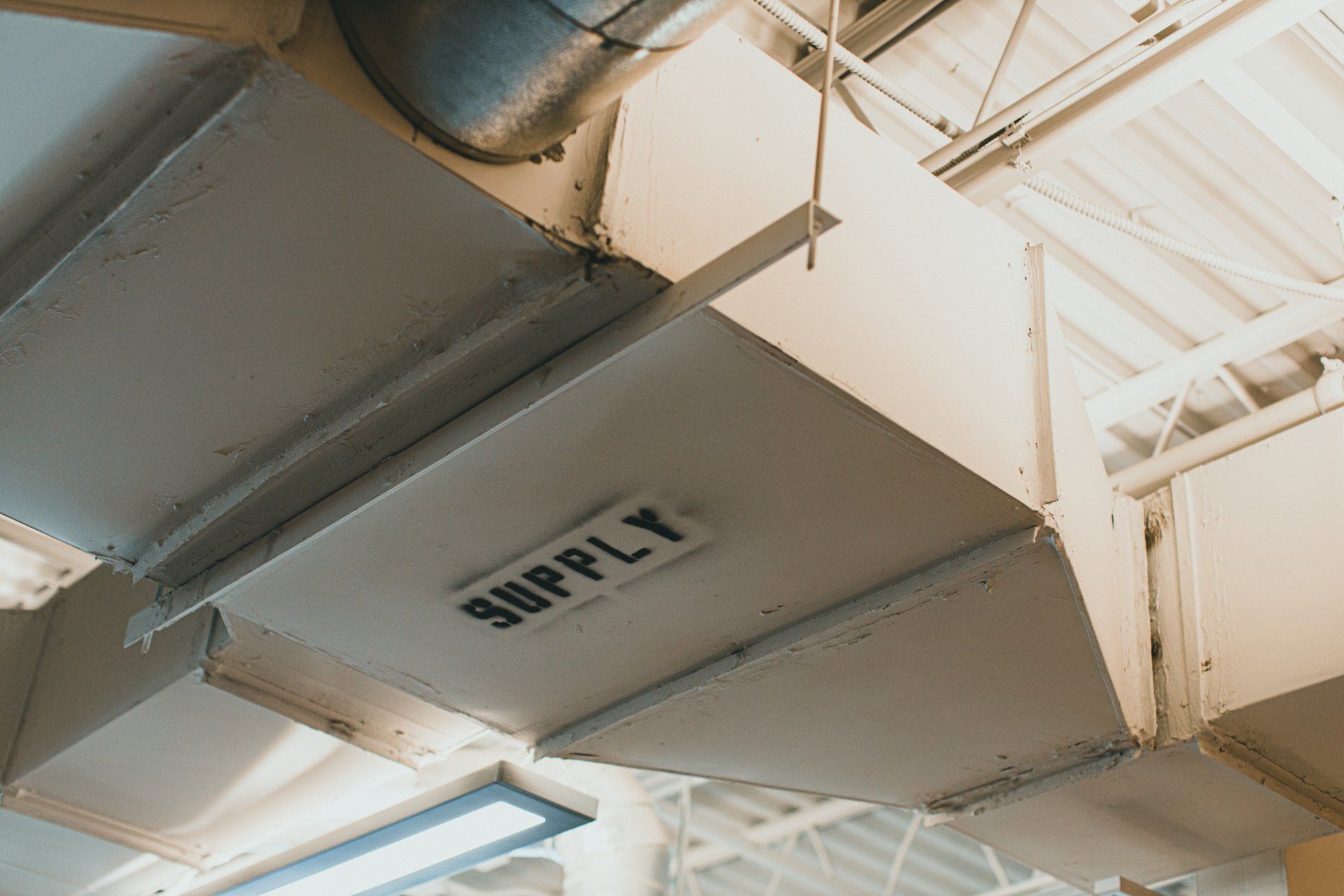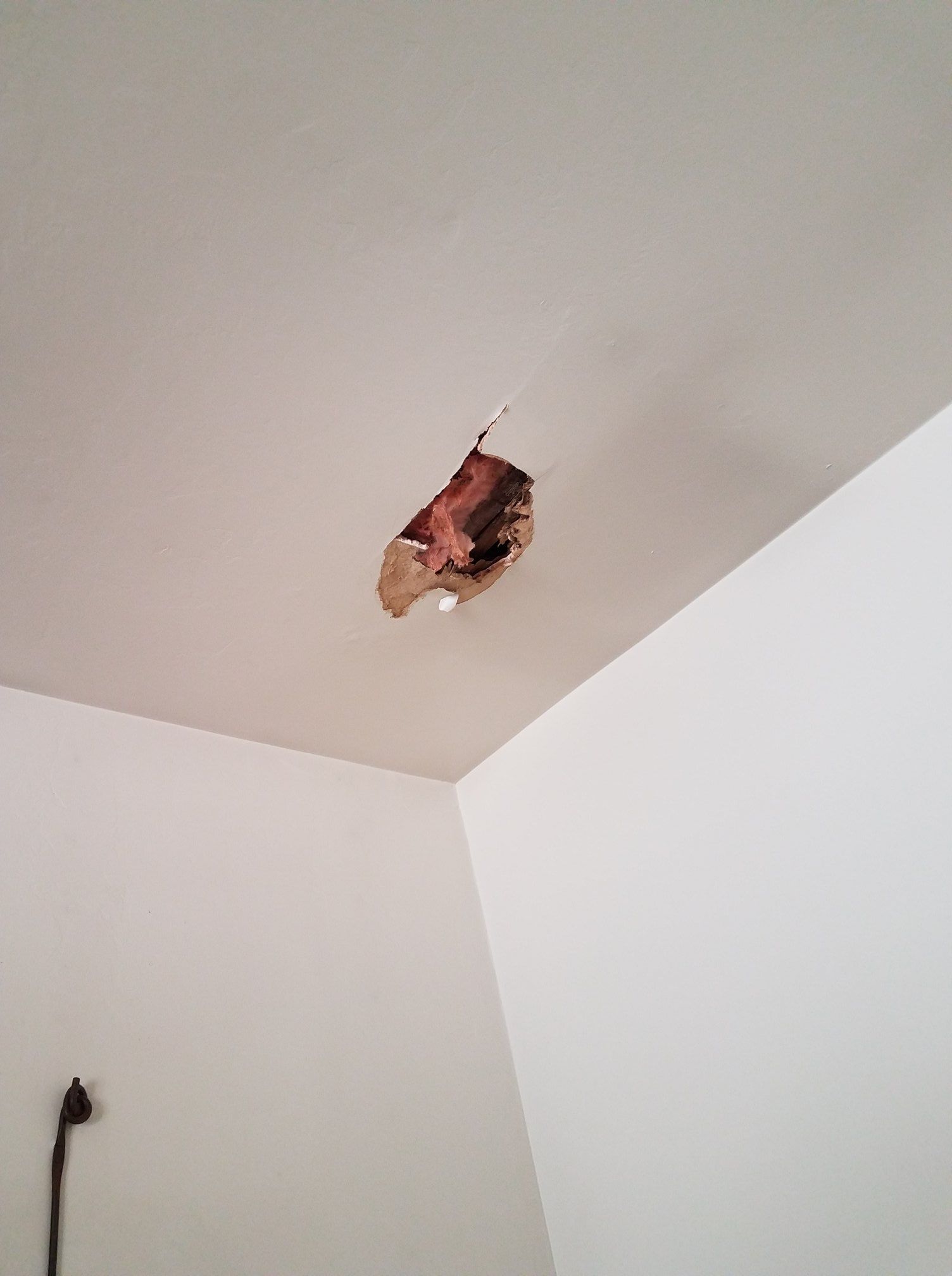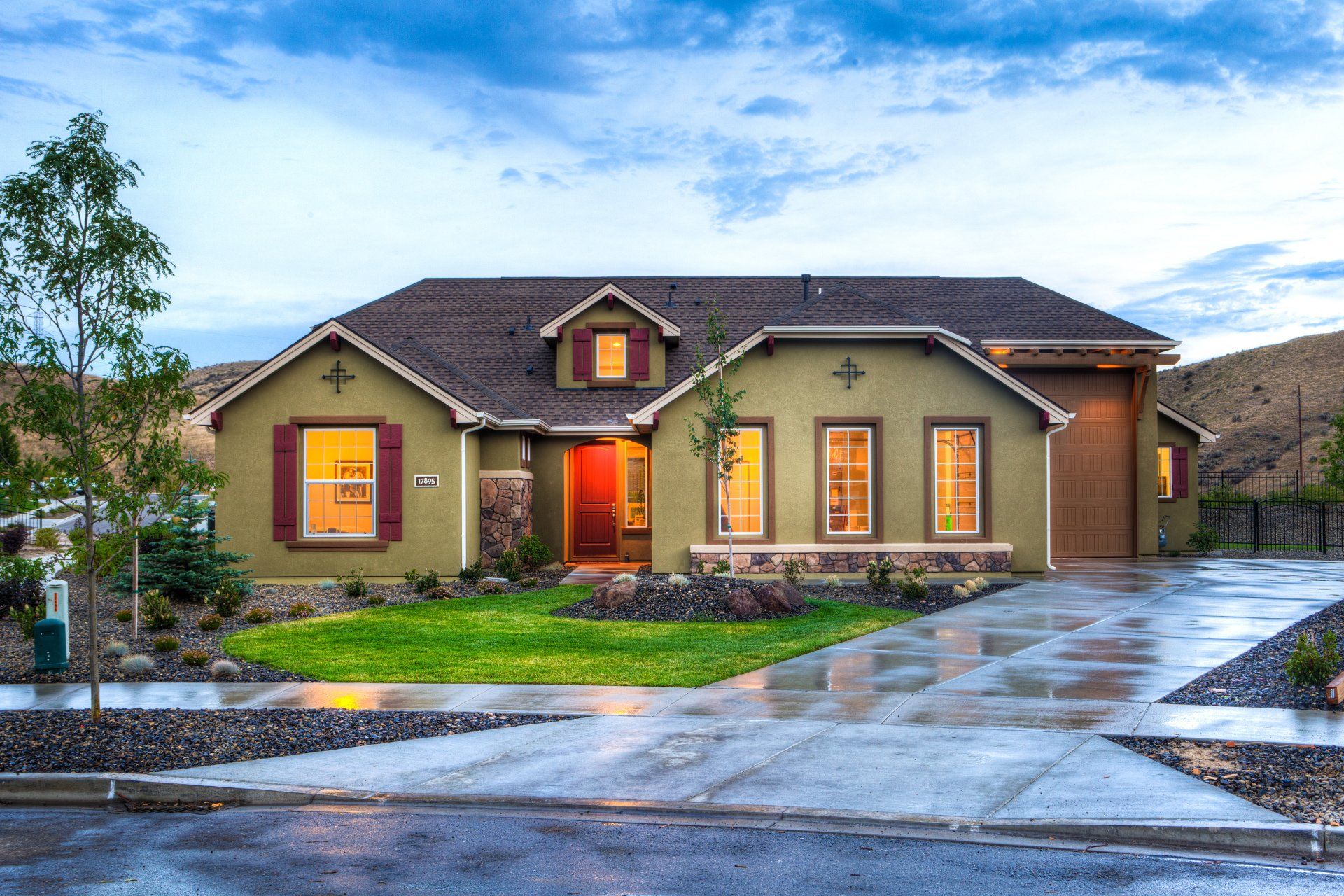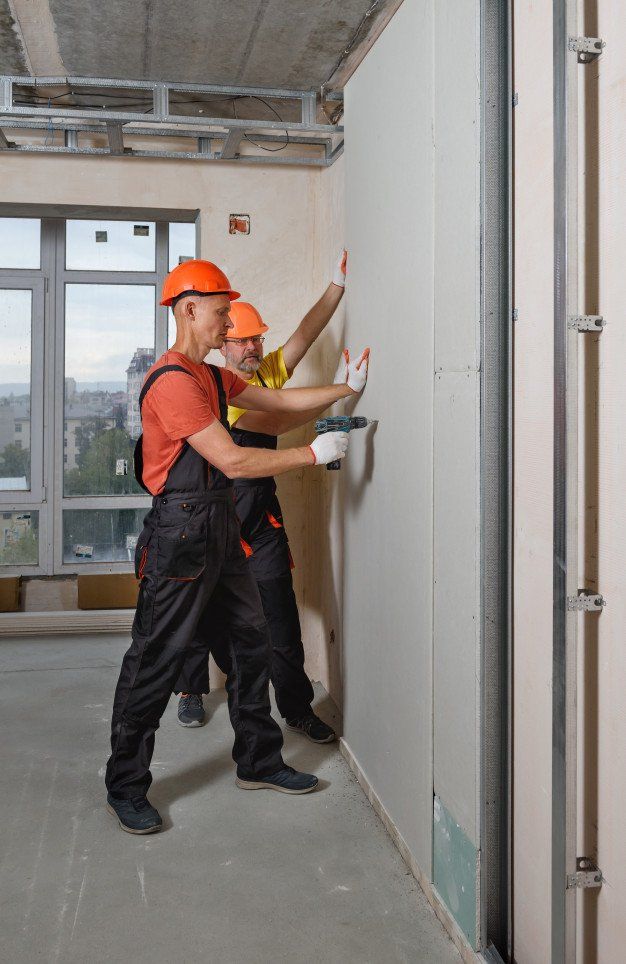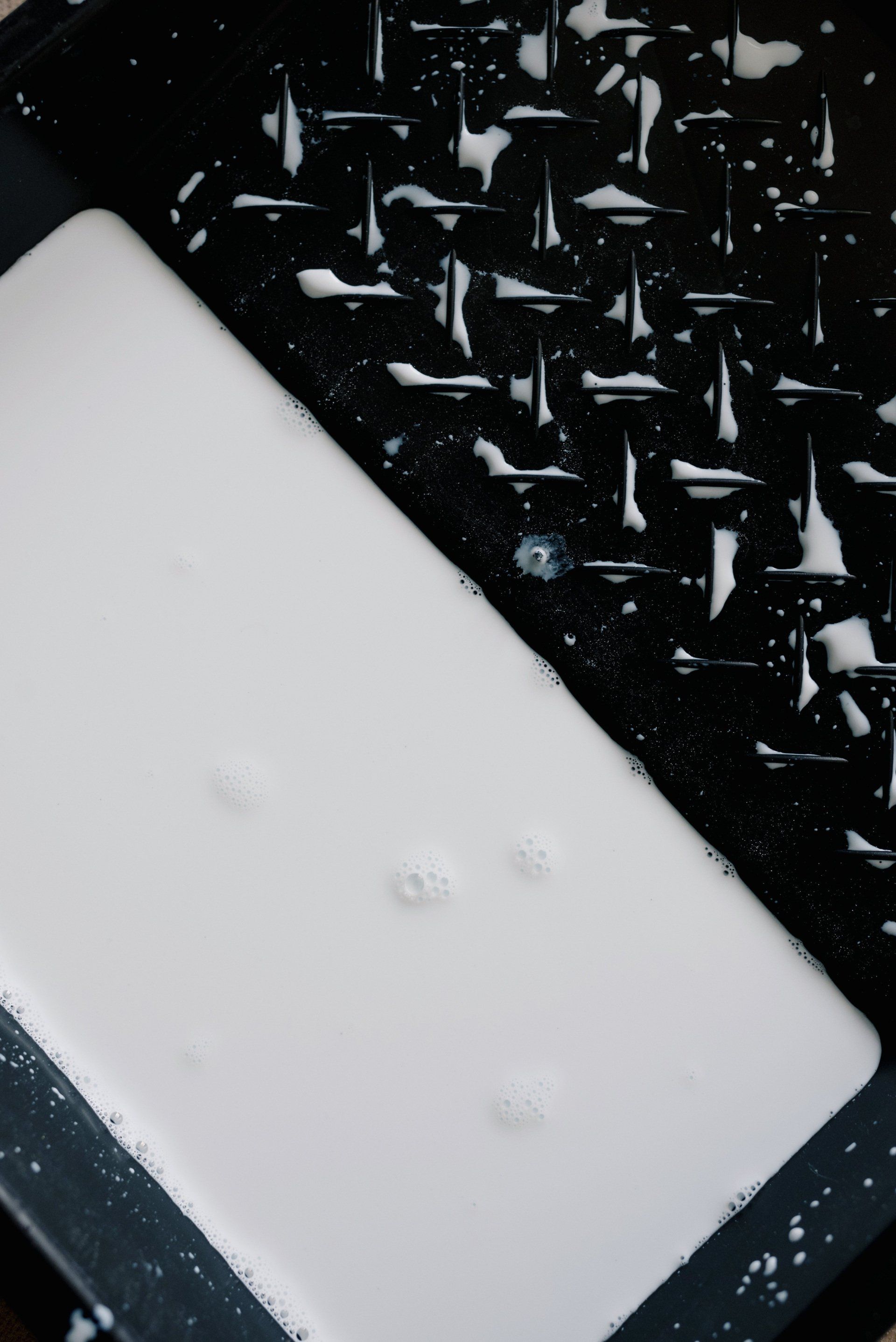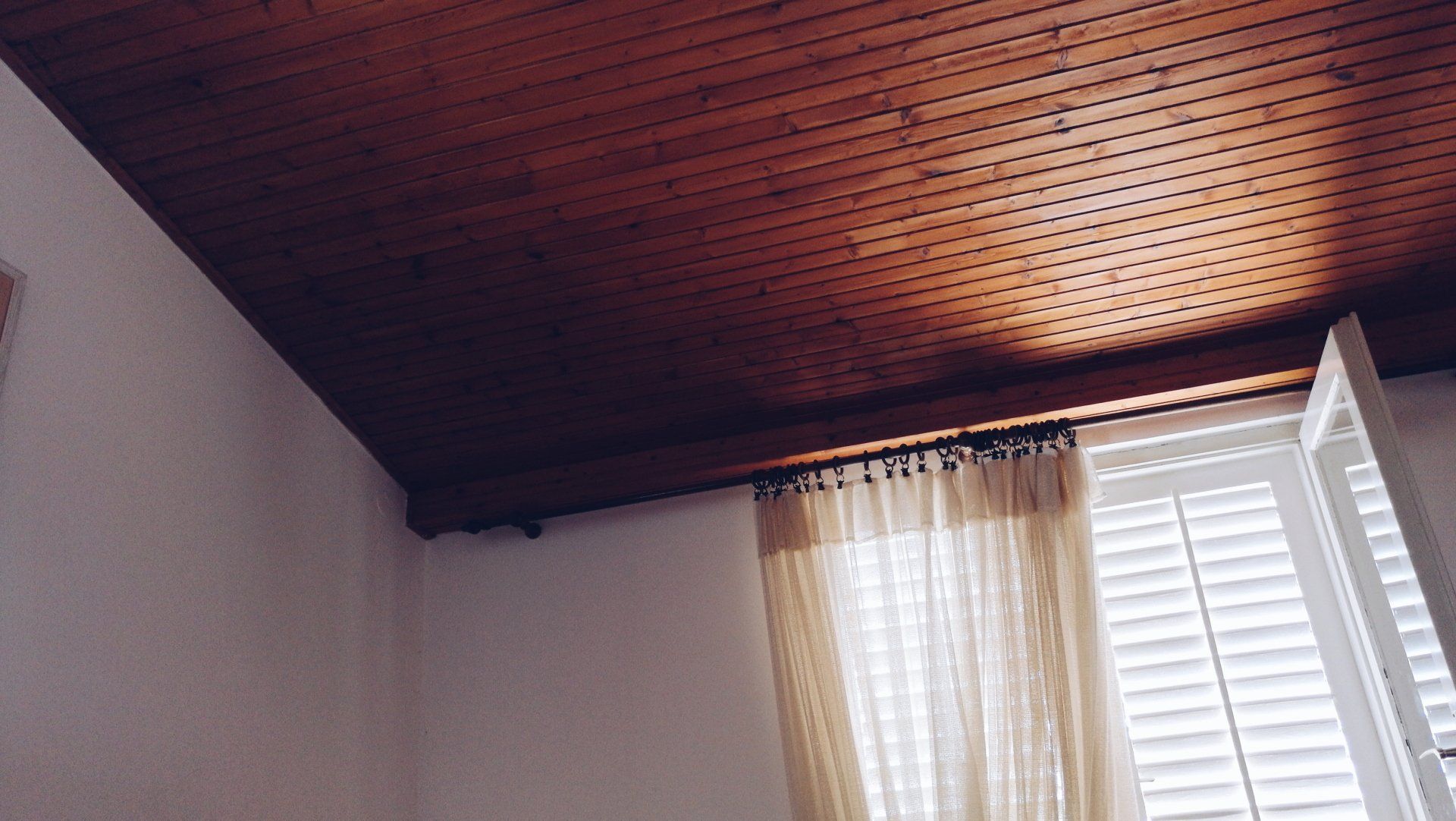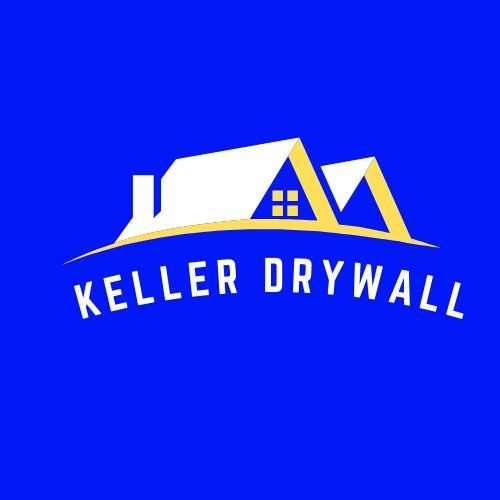Assessing the Ceiling Water Damage
Fixing Ceiling Water Damage
As a professional in the field of home repair and renovation, I have encountered numerous cases of ceiling water damage that have left homeowners and parents alike feeling overwhelmed and concerned for the safety of their loved ones. The impact of a broken ceiling can be far-reaching, not only causing visible aesthetic issues but also posing potential health risks.
In this blog post, we will delve into the various aspects of assessing and mitigating ceiling water damage repair near me, equipping you with the knowledge and guidance you need to address this issue effectively. Whether you are faced with a recent incident or have been living with this problem for some time, I will offer insights on how to identify the extent of the damage, determining its causes, and exploring potential strategies for repairs, ensuring a safe and secure living environment for you and your family.
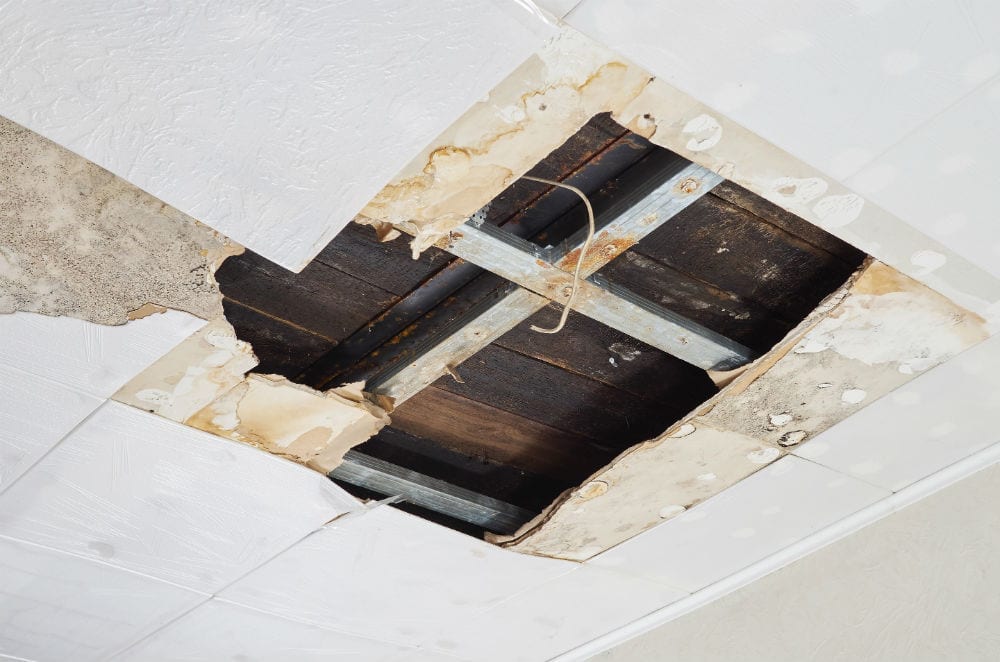
Estimating Cost of Repairing Ceiling Water Damage
Repairing ceiling water damage can be a bit of a project. It's not just about slapping a coat of paint on it and calling it a day. Nope, you got a address the root of the problem and make sure it doesn't happen again. So, I guess it's gonna cost to repair drywall ceiling water damage. Speaking of money, let's get down to brass tacks. The cost of repairing ceiling water damage varies depending on the extent of the damage, the materials needed, and who you hire to do the work. But I did a little digging and found out that on average, you're looking at anywhere between $500 to $1500. Ouch, right? But hey, it's necessary to keep your home in tip-top shape.
Importance of assessing ceiling water damage
I understand the vital importance of assessing ceiling water damage promptly and thoroughly. When a ceiling is affected by water, whether it is due to a burst pipe, roof leak, or any other source, immediate action must be taken to prevent further structural damage and mold growth. By conducting a proper assessment repair drywall ceiling water damage , we can accurately determine the extent of the damage, identify any underlying issues, and develop an effective plan for remediation. Neglecting to assess ceiling water damage can lead to costly repairs down the line, making it imperative to address the issue promptly and thoroughly.
Signs of ceiling water damage
I have encountered numerous cases of ceiling water damage throughout my career. One of the key aspects of my job is identifying the signs of water damage on ceilings. These signs can include discoloration, sagging or drooping surfaces, peeling paint or wallpaper, and even the presence of mold or mildew. By carefully examining these indicators, I am able to determine the extent of the damage and provide effective solutions for repairing and restoring the affected patch drywall ceiling water damage.
Assessing the extent of ceiling water damage
Assessing the extent of ceiling water damage is a critical step in the repair process. Upon arrival at a property, I immediately examine the affected area, looking for visible signs such as water stains, peeling paint, sagging ceiling panels, or mold growth. I also utilize specialized equipment like moisture meters and thermal imaging cameras to accurately gauge the moisture levels within the ceiling and identify any hidden damage.
Calling a professional or DIY assessment
I highly recommend calling a professional for an accurate assessment of any water damage you may find on your ceiling. While it may be tempting to try and assess the damage yourself, there are several reasons why hiring a professional is the best course of action. First and foremost, professionals have the necessary expertise and experience to properly identify and evaluate the extent of the damage.
They are trained to detect any hidden signs of damage that may not be visible to the untrained eye. Additionally, professionals have access to specialized tools and equipment that allow them to conduct a thorough and precise assessment. Furthermore, they can provide you with a detailed report of their findings, outlining the necessary repairs and any potential underlying issues that need to be addressed. Ultimately, relying on a professional assessment will ensure that the damage is properly evaluated and the necessary steps are taken to restore your ceiling to its pre-damaged condition.
Next steps after assessing ceiling water damage
It is crucial to take immediate action to prevent further deterioration and potential mold growth. First, it is essential to identify and repair the source of the water leak to prevent any further damage. Removing any wet materials such as insulation or damaged drywall is also necessary to mitigate potential mold growth. Lastly, it is advisable to consult a professional restoration company to thoroughly dry and restore your ceiling to its pre-damaged condition, ensuring a safe and healthy environment for your home or business.
Conclusion
In conclusion, assessing ceiling water damage is a crucial step in addressing any potential issues and preventing further damage to your home or property. Whether you choose to call a professional or undertake the assessment yourself, it is important to thoroughly evaluate the extent of the damage and identify any signs of water intrusion. By doing so, you can make informed decisions about the necessary repairs and restoration processes. Remember, it is always better to err on the side of caution and seek professional help if you are unsure about the extent of the damage. So, if you need assistance with your ceiling water damage assessment or require a free quote, don't hesitate to call us. Our team of professionals is here to help you navigate through any water damage challenges you may be facing.

